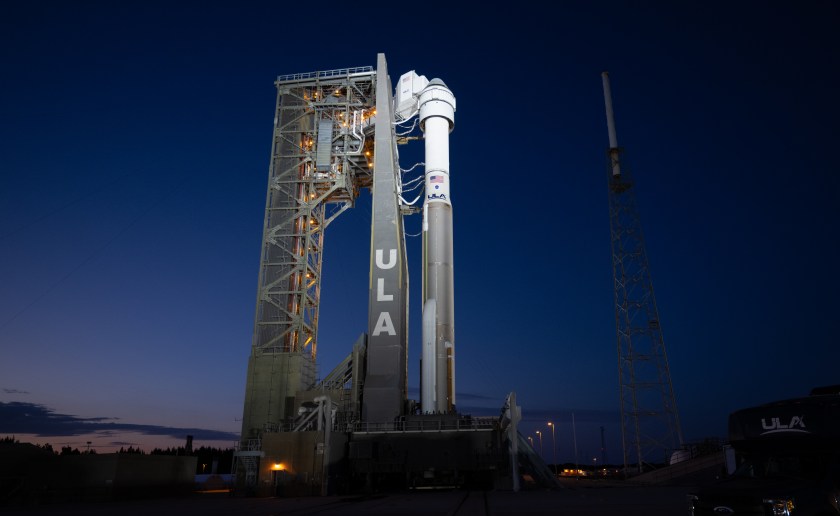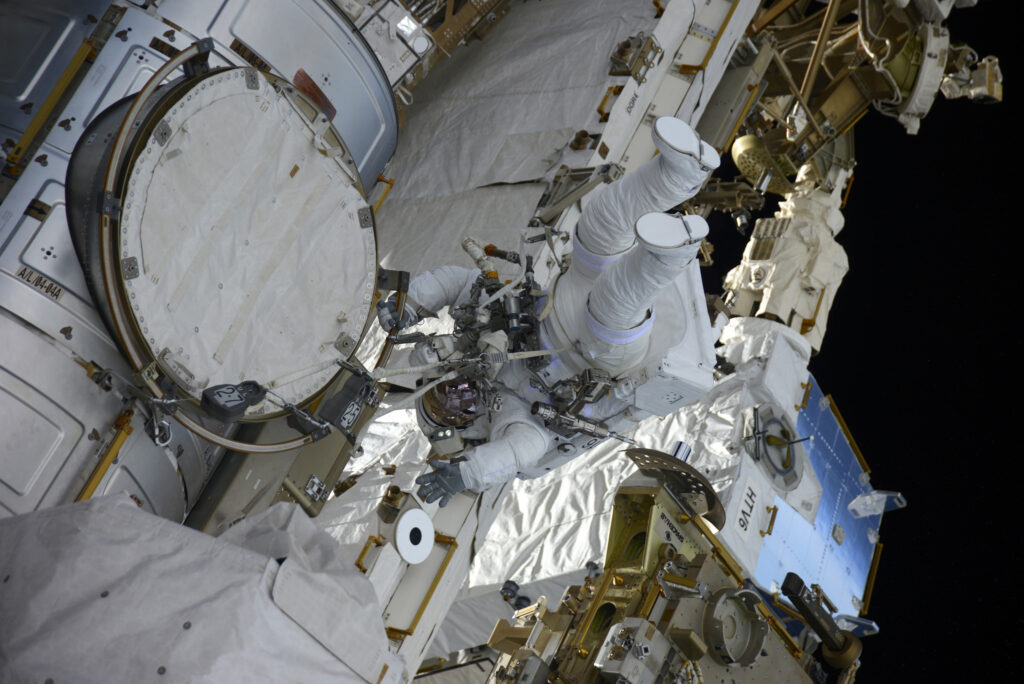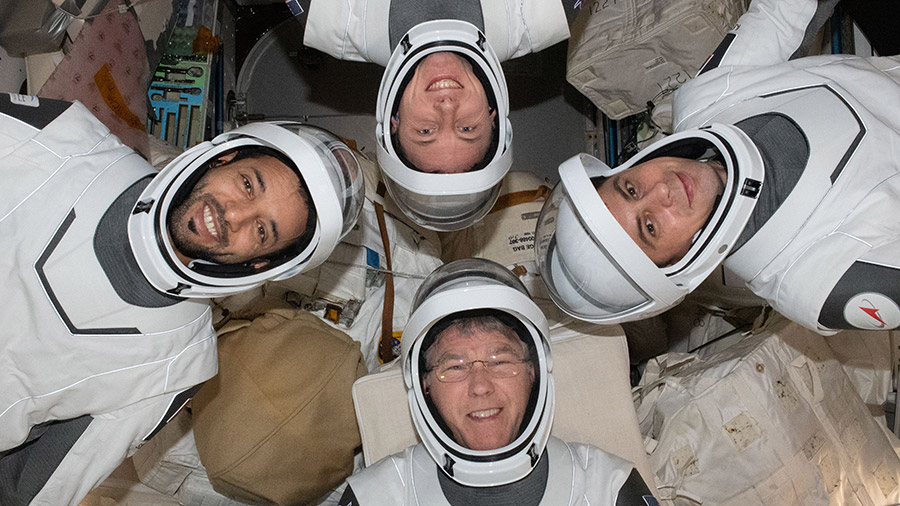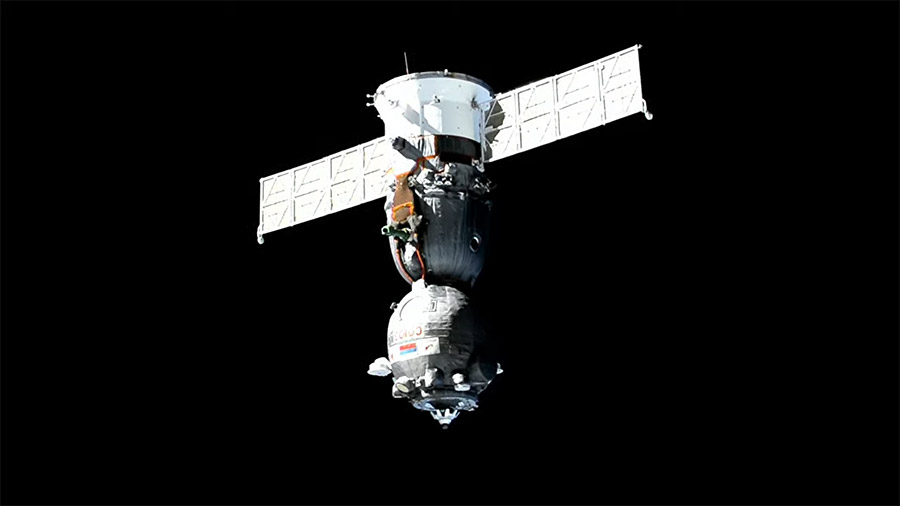
Space biology research and spacesuit work filled the Expedition 71 crew’s schedule at the end of the week. In the meantime, the International Space Station is gearing up for two spacecraft scheduled to arrive with new cargo and a new crew this weekend.
Eye scans were on the crew’s medical list on Friday as researchers on the ground monitored to learn how living long-term in weightlessness affects vision. Flight Engineers Matthew Dominick and Tracy C. Dyson led the checks just before lunch time, scanning each other’s eyes and the eyes of fellow astronauts Jeanette Epps and Mike Barratt using the Ultrasound 2 device. At the end of the day, Dominick peered into a medical imaging device operated by Epps to gain views of his retina, cornea, and optic nerve.
Dominick started his morning wearing a vest and a headband packed with sensors recording his health data. He then pedaled on an exercise cycle as the wearable bio-monitors measured his cardiovascular and respiratory activity. Doctors will use the results to learn how the beating heart and breathing affects a crew member’s blood pressure in microgravity and protect crew health on long-term space missions.
Before the vision exams began, Dyson and Barratt partnered together in the Quest airlock and swapped spacesuit components. All four astronauts also took turns throughout the day studying spacewalk procedures and Canadarm2 robotic arm maneuvers on a computer. The crew is getting ready for a trio of spacewalks scheduled to take place in June for maintenance and science on the orbital outpost. NASA will announce the spacewalk details soon in a media advisory and a televised news conference.
Cosmonauts Oleg Kononenko and Nikolai Chub also took part in Friday’s vision exams with Kononenko operating the Ultrasound 2 and scanning Chub’s eyes. The duo also called down to Roscosmos mission controllers and discussed preparations for the arrival of three tons of cargo aboard the Progress 88 resupply ship. The Progress 88 is in its second day in space and is due to automatically dock to the Poisk module at 7:47 a.m. EDT on Saturday.
Cosmonaut Alexander Grebenkin wore a sensor-packed cap and explored future spacecraft and robotic piloting techniques on a computer. Insights from the Pilot-T investigation may inform crew training techniques for planetary missions.
Just a few hours after the Progress 88 docks to Poisk, Boeing’s Starliner spacecraft is planned to lift off atop the Atlas V rocket from United Launch Alliance. Mission managers have given the “go” for NASA astronauts Butch Wilmore and Suni Williams on Boeing’s Crew Flight Test to launch aboard Starliner at 12:25 p.m. EDT on Saturday from Kennedy Space Center in Florida. Starliner will take a daylong trip around Earth before docking to the Harmony module’s forward port at 1:50 p.m. on Sunday.
Learn more about station activities by following the space station blog, @space_station and @ISS_Research on X, as well as the ISS Facebook and ISS Instagram accounts.
Get weekly updates from NASA Johnson Space Center at: https://roundupreads.jsc.nasa.gov/
Get the latest from NASA delivered every week. Subscribe here: www.nasa.gov/subscribe




